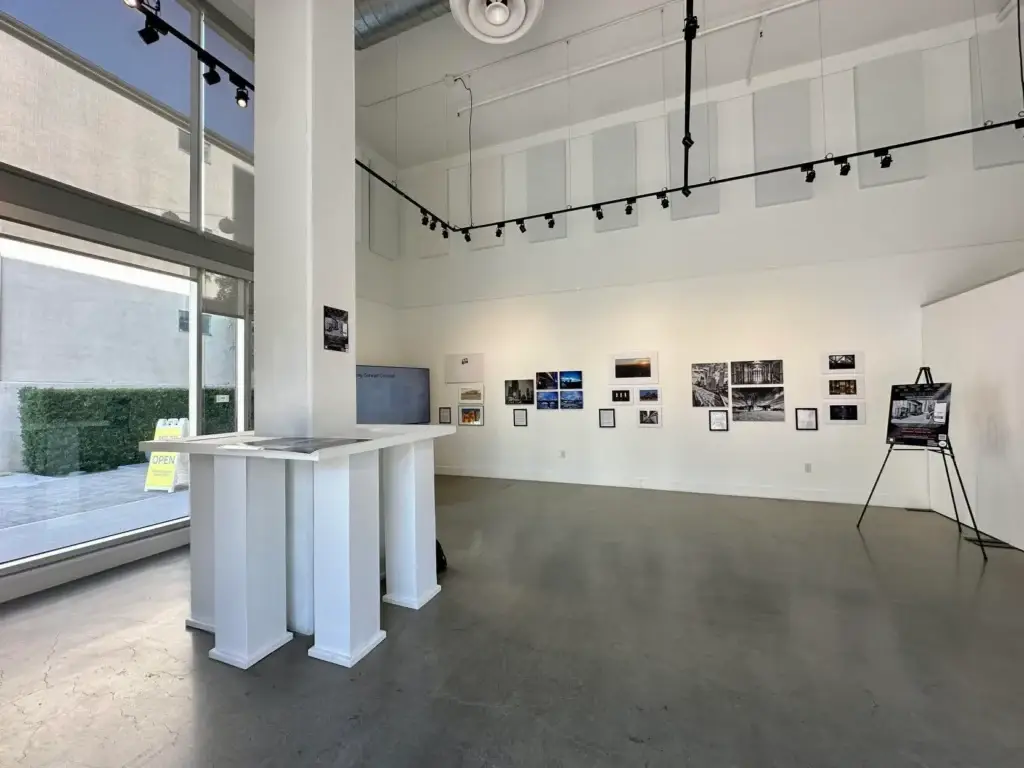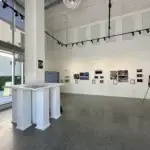A recent group photography exhibit celebrated the creative vision of Southern California’s location professionals, who capture the iconic sites seen on screen. Glendale Arts and the Glendale International Film Festival debuted the inaugural “Behind the Lens: Stories of the City Through Location Professionals” at ace/121 gallery, which concluded on Friday.
Each photographer showcased three to nine photographs, capturing Los Angeles’ recognizable and hidden gems in new and artistic ways. Glendale Arts CEO Nina Crowe emphasized that these industry professionals are often the “unsung heroes” of filmmaking, spotlighting locations that play an integral role in storytelling.
In collaboration with Shirley Scopelitis, president of Scope Locations, Crowe gathered submissions from location scouts and managers. Scopelitis, an advocate for location professionals, sees them as artists in their own right. She believes that finding the ideal location to bring scripts to life requires a unique creative skill set.
The exhibit featured the work of photographers Miranda Carnessale, Remy Elles, David Israel, Jefferey Crandall, Carey Crews, Fermín Dávalos, John Lowe, Kent Matsuoka, and Stephen Weissberger. Dávalos, a retired location manager and scout, shared that the role demands adaptability and problem-solving skills. Location professionals juggle diverse responsibilities, from arranging permits to managing on-set logistics, ensuring a smooth intersection between reality and film.
Dávalos’ own work included a photo from March 2006 beneath the 110 and 105 freeway exchange, a setting transformed into a battleground for the 2007 Transformers movie. Imagining where two giant robots might clash was part of the creative challenge, blending the real and the fantastic.
He also highlighted the hidden artistry within the locations community. Though these professionals’ work is primarily viewed by directors, production designers, and producers, it demands a high level of creativity. Daily challenges require what Dávalos calls “minor miracles,” like coordinating filming in busy neighborhoods and business districts to fit the narrative’s needs.
Crowe and Scopelitis addressed the challenge of California’s filming incentives, with many filmmakers moving productions to states like Georgia or countries like Canada and England. Unlike California’s capped annual tax credits, Georgia offers transferable credits with no cap, making it more attractive for productions. Crowe hopes the exhibit will bring awareness to the importance of keeping the industry local. During the Glendale International Film Festival, location professionals joined a “Made in California” panel and held an artist talk, discussing ways to strengthen California’s film industry presence.
Scopelitis emphasized that California’s landscape offers unmatched filming opportunities. However, she fears the state is losing ground without more competitive incentives to keep “Hollywood in Hollywood.”







